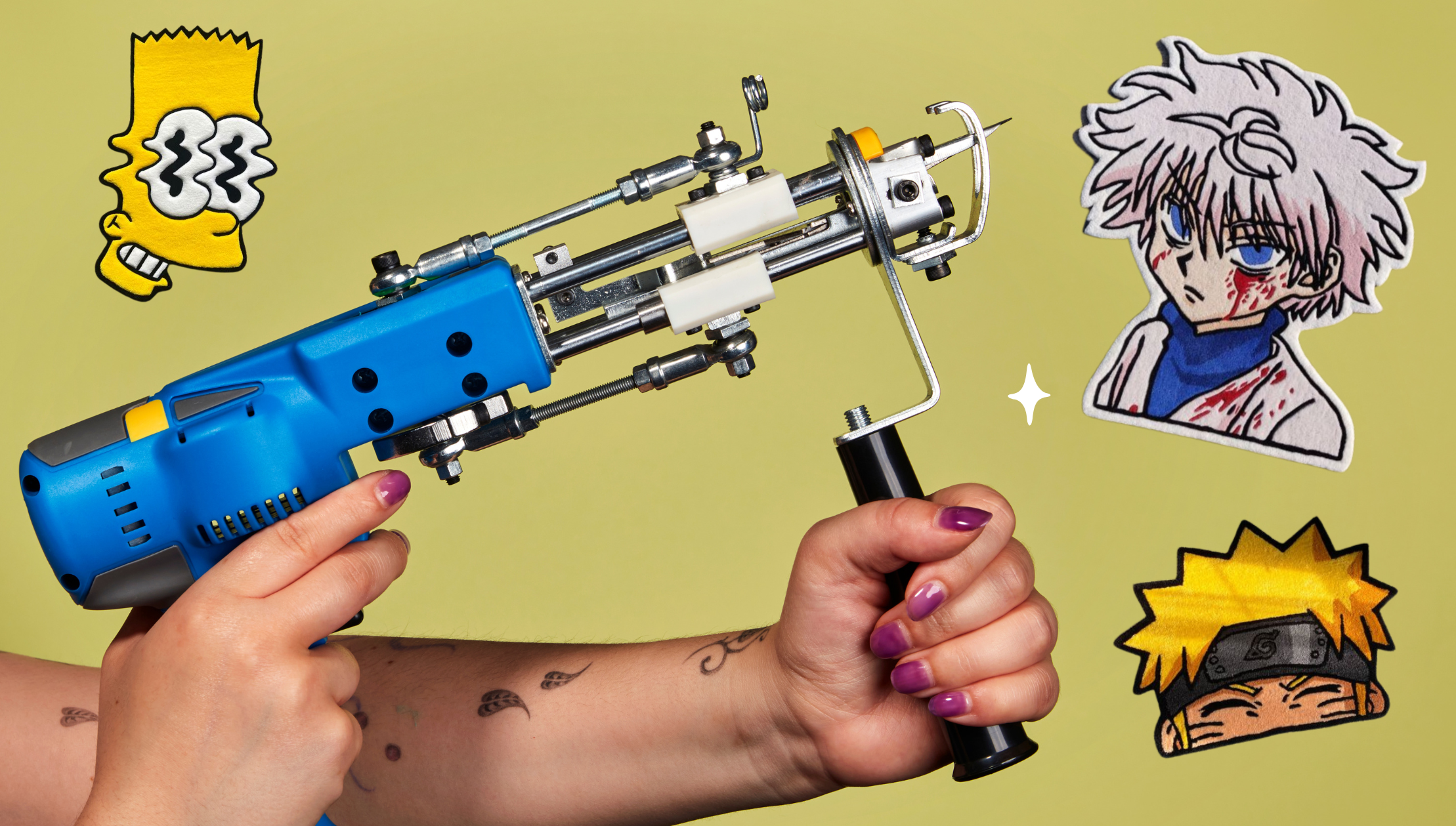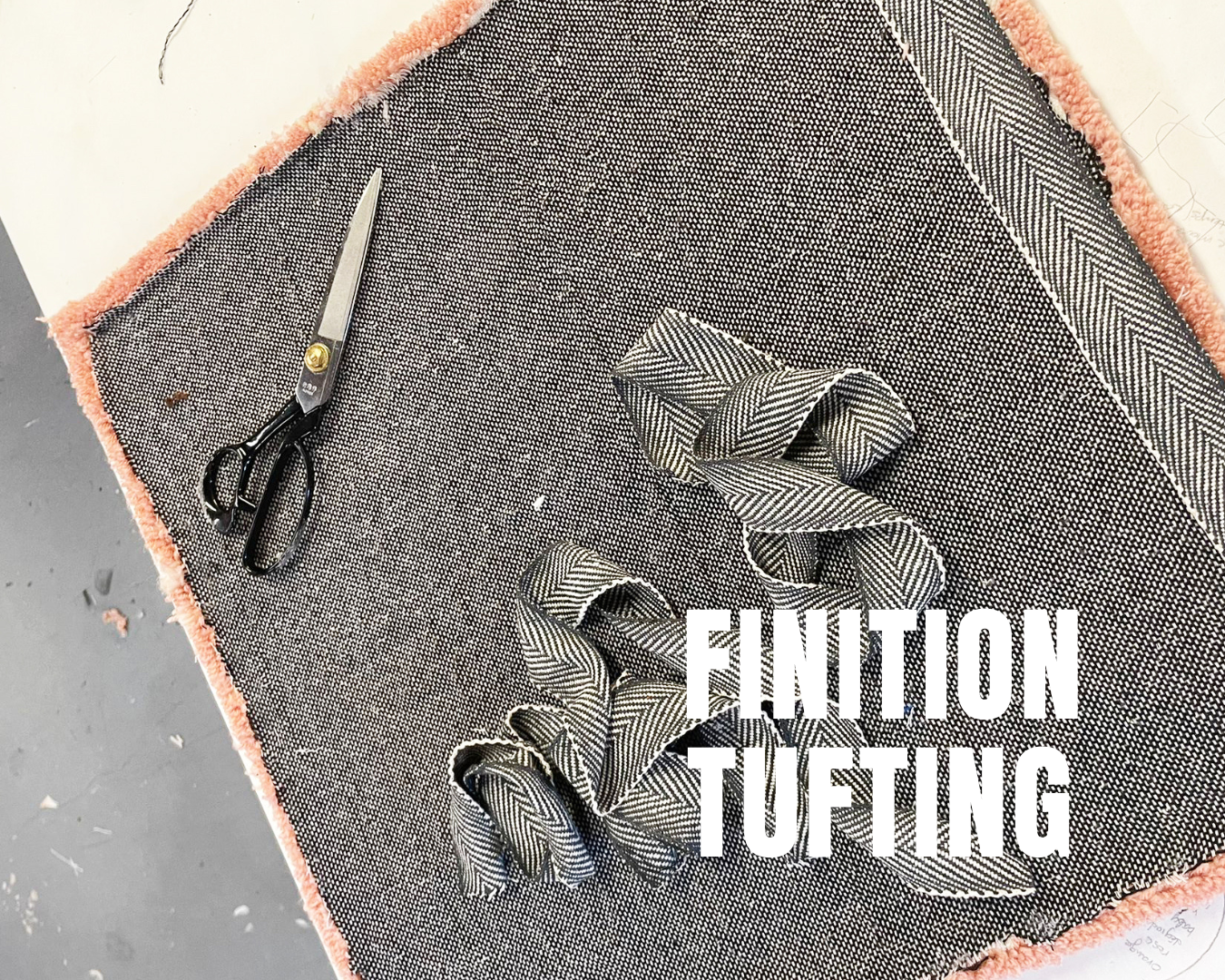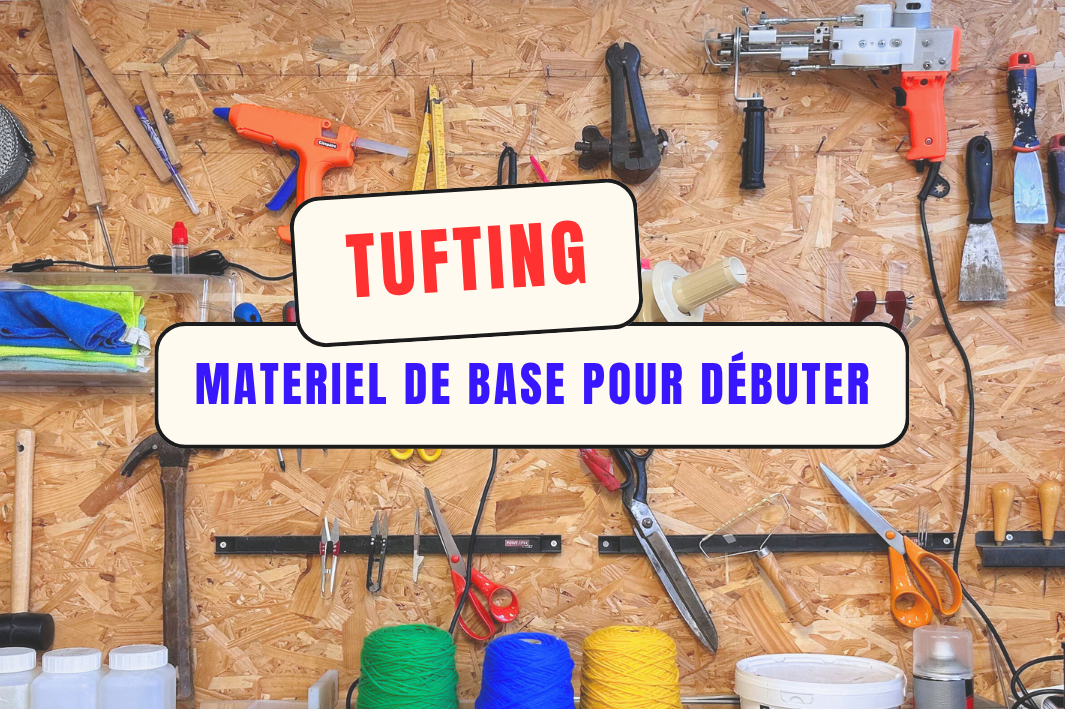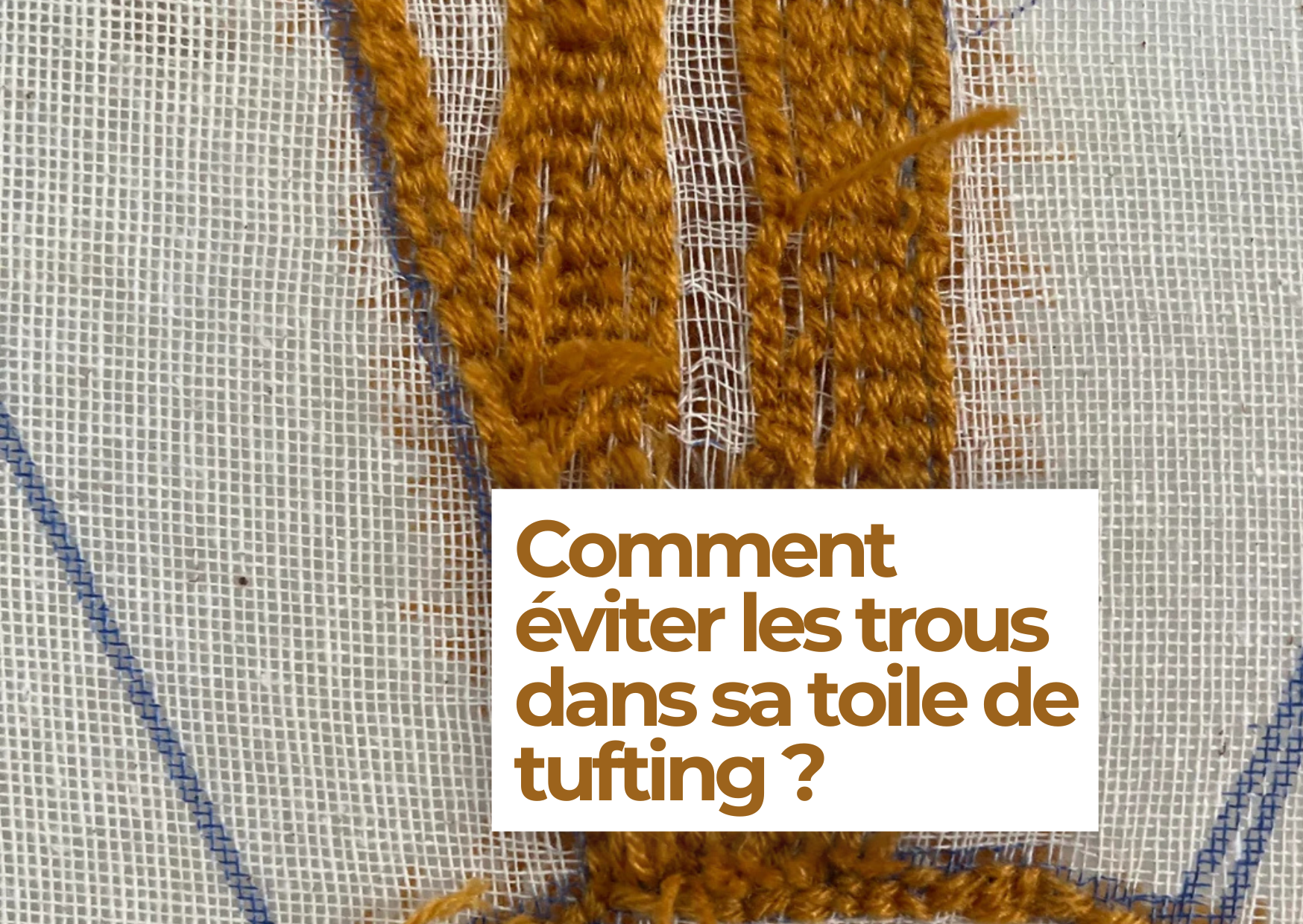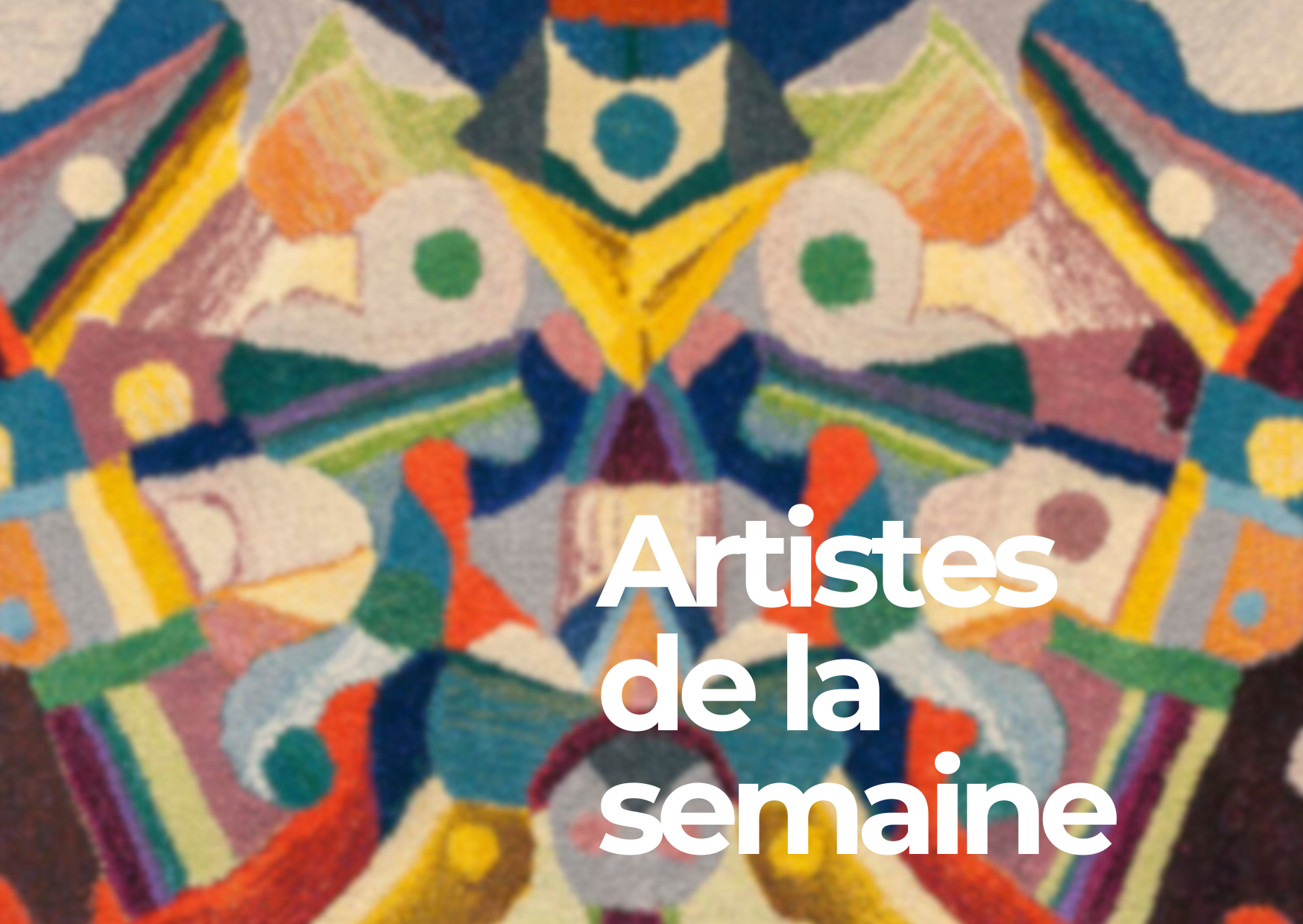Tufting is an artistic activity accessible to all, which allows you to make rugs without necessarily knowing how to draw. With a projector, you can trace any design. Then, the tufting gun allows you to tuft the wool onto a stretched canvas , a bit like coloring, but with wool and an electric machine.

On social media, many popular rugs feature well-known characters like Pokémon, Disney, and other cartoons. These characters are protected by copyright. Can you use them for your own creations? In this article, discover the rules you need to know to legally create your own rug.
Difference between Protected Designs and Royalty-Free Designs
When it comes to copyright, it is essential to know the difference between a copyrighted design and a royalty-free design .
Copyrighted design
A copyrighted design is a visual creation, such as a pattern, logo, or illustration. This design belongs to its creator or another person who has acquired the rights. You may not use, reproduce, or modify it without permission. Generally, a work remains protected for the lifetime of the author and for 70 years after their death.
Example: On this YouTube channel, a tufter makes videos reproducing copyrighted designs. To protect himself, he includes in the description: "This rug is not for sale and was made solely for entertainment purposes, with the goal of educating about the rug-making process called 'rug tufting'."
Royalty-free drawing
A royalty-free design can be used without a paid license, even for commercial use. However, some royalty-free designs impose conditions, such as crediting the author or avoiding modifications. Platforms like Creative Commons offer these designs and clearly define their terms of use.
Can a Protected Design be used for a Tufted Rug?
Reproducing a protected rug design for commercial purposes without permission is considered an infringement. For tufting designers, understanding these rules is important to comply with the law and avoid disputes. Here are some use cases:
- Public domain works : Works whose copyright has expired (usually 70 years after the author's death) are in the public domain. You can use them freely.
- Personal use : Reproducing a licensed design for personal use is often tolerated. For example, you can create a rug for yourself or a loved one, as long as you don't sell it.
- Inspirations or Derivatives : It is possible to create an inspired version of a design without making an exact copy. However, if the motif remains recognizable, this can pose legal problems.
Alternatives for Tufting Enthusiasts
While many popular rugs on social media feature cartoon characters, there are thousands of other possibilities. You can create unique and original works without the risk of violating copyright. Here are a few ideas:

Rosa Rauscher
- Create your own designs : Design unique patterns by drawing yourself.
- Use royalty-free patterns : Many online resources, like Creative Commons, offer royalty-free patterns that are perfect for unique creations.
- Get inspired by trends : Explore sites like Pinterest or browse pattern books. Draw inspiration from trendy colors, shapes, and textures to create your own unique designs.
This article will help you better understand the legal rules. If you create rugs with licensed designs, don't worry. Generally, companies don't monitor small designers much, and it's rare for a tufter to encounter these kinds of problems. However, it's still important to understand copyright. Creating rugs inspired by protected designs is possible, as long as you follow the rules: obtain permission or use royalty-free designs. Follow these tips to create unique rugs while respecting the creativity of others.

